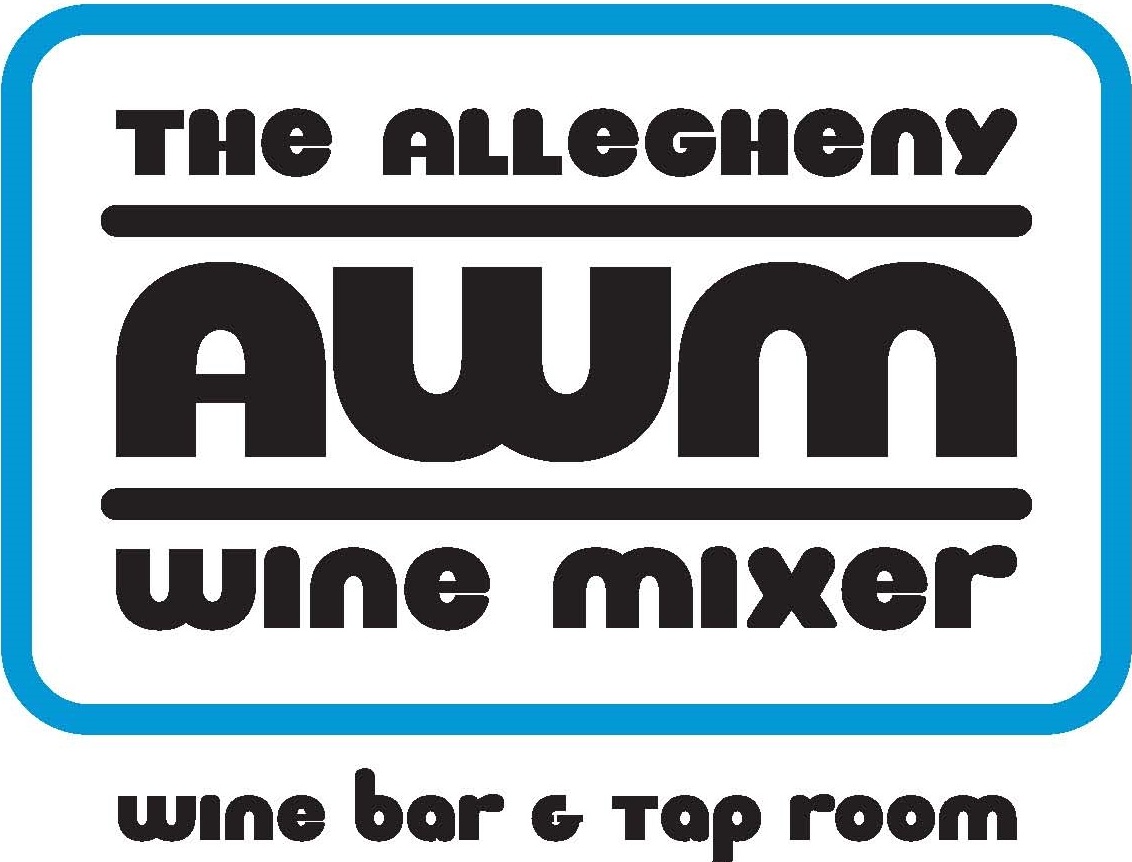We tend to forget how young much of the Old World is.
Think about it. Some of the oldest of Old World locales are really rosy-cheeked new kids in the modern wine world. Twenty years ago, Sicily was largely dismissed as a bulk wine wasteland, and today Nerellos from Mt. Etna have earned their place with Barolo and Brunello among the elite of Italian reds. And Greece is only starting to emerge from its retsina-soaked economic nightmare to show it’s true, stunning potential.
Our spring focus region, Northwestern Spain, comprising Castila y León and Galicia, is part of this old-is-new dynamic, too.
Spanish castle magic in Ribera del Duero. A young wine region, you say?
It certainly doesn’t lack for viticultural history. The usual cast of suspects — Greeks, Romans, Celts — were growing wine grapes here 2000+ years ago. Since the 9th century A.D., the Camino de Santiago has threaded through the heart of the region, attracting migrating grape varietals in addition to pilgrims. And it’s also home to what is arguably Spain’s most venerable and prestigious estate, Vega Sicilia, founded in 1864.
But by and large, wines from this part of Spain and their ascendant hipness are a very recent phenomenon. Take Vega Sicilia’s home appellation, for example. Ribera del Duero — today one of Spain’s premier appellations for Tempranillo-based reds — only achieved Denominación de Origen (D.O.) status in 1982. That’s the same year the Finger Lakes became an A.V.A. here in the United States.
In fact, of the fourteen or so D.O.s represented in our spring focus, only two of them predate the 1980s. (Ribeiro and Valderorras if you’re curious.) In terms of modern winemaking, that puts Northwestern Spain on roughly the same timeline as the U.S. and Australia.
We'll never tire of posting this pic of autumn vineyards in Ribeira Sacra.
They’ve made the most of their youth. Ribera del Duero stands shoulder to shoulder with Rioja, while Bierzo and Ribeira Sacra have elevated the Mencia grape to world-class status. Albariños from Rias Baixas along Galicia’s fjord-strewn Atlantic coast are among Spain’s most famous white wines. Further inland, Godellos of considerable finesse and complexity are emerging from Valdeorras and Monterrei.
It all comprises a brilliant cross-section of one of the most fascinating wine scenes on the planet. We can’t think of a better place to spend spring.


